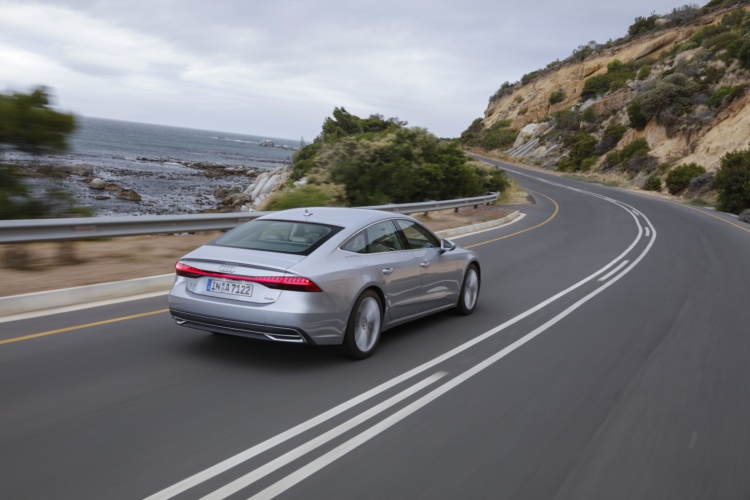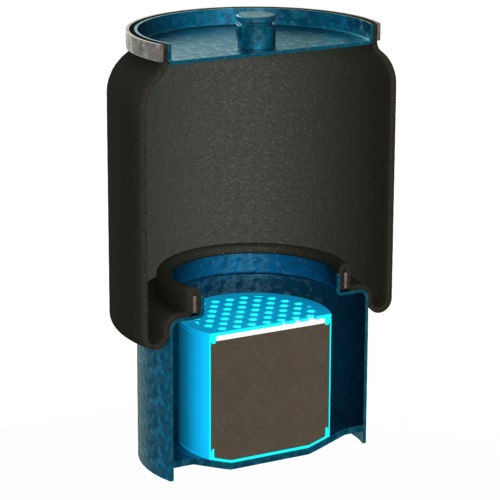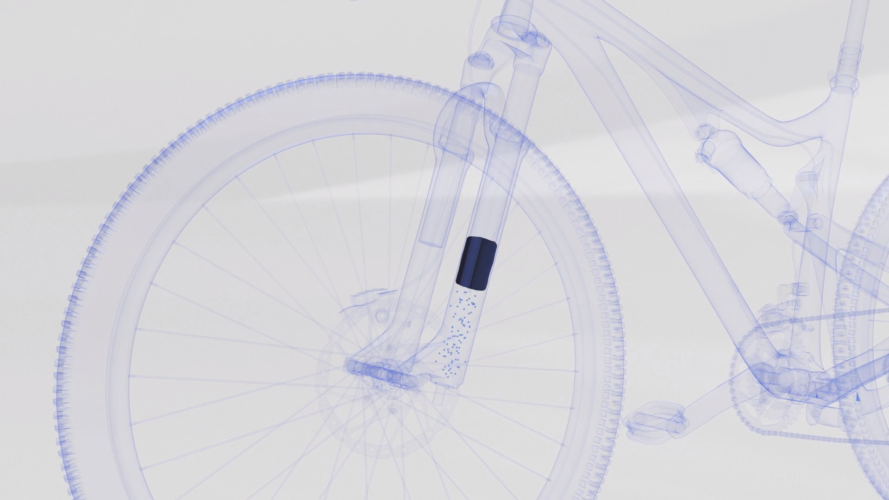Innovative air spring technology developed by UK materials specialist Carbon Air exploits the curious properties of activated carbon to deliver a smoother ride. Jon Excell reports
Just as The Beatles wrote the best songs, it’s tempting to think that all of the elegantly simple engineering inventions are already spoken for, and that the next generation of innovations – hidden away beneath layers of technological complexity – are going to be altogether more difficult to winkle out.
Despite this, every now and again The Engineer hears about a technology that triggers a “why did no one think of this before?” moment. And a compelling new approach to automotive air suspension pioneered by UK materials firm Carbon Air is one such breakthrough.

The company’s technology – which was spun out of the University of Salford in 2011 – taps into the curious properties of activated carbon, a simple material currently used extensively for filtration in the water treatment and food industries.
One of the key attractions of activated carbon for these existing applications is its high degree of microporosity, which vastly increases its surface area and helps it to adsorb contaminants or – if you apply it to a suspension system – air molecules.
Explaining the principle, Carbon Air CTO John Coakley said that when activated carbon is added to a container and the air inside is pressurised, ‘adsorption’ occurs, allowing the container to ‘hold’ a greater concentration of air molecules than an identical container without activated carbon. As a result, instead of pressure building steeply as the air becomes ‘stiffer’, pressure in the container builds more gradually. This phenomenon – he said – is at the heart of the company’s air spring offering.
READ MORE AUTOMOTIVE NEWS FROM THE ENGINEER
Air suspension systems have long been used in heavy vehicles like trucks and buses but are now becoming increasingly popular in consumer vehicles thanks to the way in which they can be controlled and tuned to deliver specific ride characteristics.
Usually if you put stuff inside a vessel you make the air stiffer. You reduce the air volume and make it stiffer. To make something vastly softer blew their minds.
However, optimising the performance of the air springs at the heart of these systems can involve some tricky engineering trade-offs. Airsprings typically become stiff and harsh under fast excitation. Therefore, ensuring that they are soft enough in dynamic conditions (or when travelling over bumpy surfaces) but not too soft in more static conditions is a significant challenge.
Incorporating activated carbon, however, gets around some of these problems, improving the dynamic spring rate by reducing the rise in pressure inside an air spring or shock absorber towards the end of its stroke, and thereby delivering a more linear and more compliant spring in dynamic situations.

Coakley, a former technology transfer officer at Salford, has been trying to drum up industry interest in the technology since spinning the company out of the university in 2011 and, as he told The Engineer, many organisations were initially sceptical about the claimed benefits. “It’s counter intuitive. Usually if you put stuff inside a vessel you make the air stiffer. You reduce the air volume and make it stiffer. To make something vastly softer blew their minds.” Eventually, industry began to sit up and take notice, the firm struck an exclusivity deal with Audi, and air springs designed around the technology have been used on thousands of A6 and A7 models since 2017.
A small team of less than 10 full-time staff, Carbon Air is not a manufacturer. Instead, its expertise lies in the knowledge it has developed around how to embody the material, and also how to tweak its properties by optimising the dimensions of the material’s microscopic pores. “There are lots of different carbons you can use,” said Coakley. “They don’t just have different surface areas; the nature of their pores is different. This means that some carbons are quite temperature sensitive compared to others, some have more difficulty in the presence of oil fumes, some work better at higher pressures than at lower pressures. So, we’ve built up this unique expertise and can help to tailor a particular carbon to a particular application.”
What’s more, whilst Audi’s air springs were specifically designed with the technology in mind, Coakley said that it can also be retrofitted to existing componentry. “It’s a very flexible technology, you don’t have to design everything around it, you can drop it in and turbocharge whatever’s there.”
With the Audi exclusivity period now at an end, and IP protection secured in “every conceivable area” of activated carbon suspension, the company is stepping out of what Coakley terms “stealth mode” and exploring where else its technology might be applied. He said it is already talking to a number of different automotive tier 1s and OEMs and is also working with mountain bike manufacturers on new designs and applications in forks and shock absorbers. It’s even looking at potential applications in loudspeakers and automotive noise insulation.
Back in automotive, Coakley believes electric vehicles present a particularly promising area of opportunity. “It’s a big opportunity for air suspension anyway because you’ve often got your batteries in the base of the car and that’s close to speed humps, so you really do want to keep them at a constant height above. Air suspension systems have a certain volume so it’s a good opportunity for us to make air springs smaller.”

Whilst the ultimate ambition is to sell the company to a major industry player, Coakley said that the focus for now is on building up the value and establishing licensing deals with a range of customers. And with around 15 – 20 million sold every year in the automotive sector alone, the potential market size is huge.
In the meantime though, Coakley and the team are enjoying the thrill of commercialising an elegantly simple innovation, and one which he believes should give hope to other aspiring innovators that there are still plenty of good ideas out there waiting to be thought of. “This is the wonderful thing – you often think someone will have thought of it, but there is no someone! It’s amazing, there are sometimes whole fields that are available to ideas that nobody has checked out.”
The post Activated carbon innovation delivers smoother car suspension appeared first on The Engineer.


